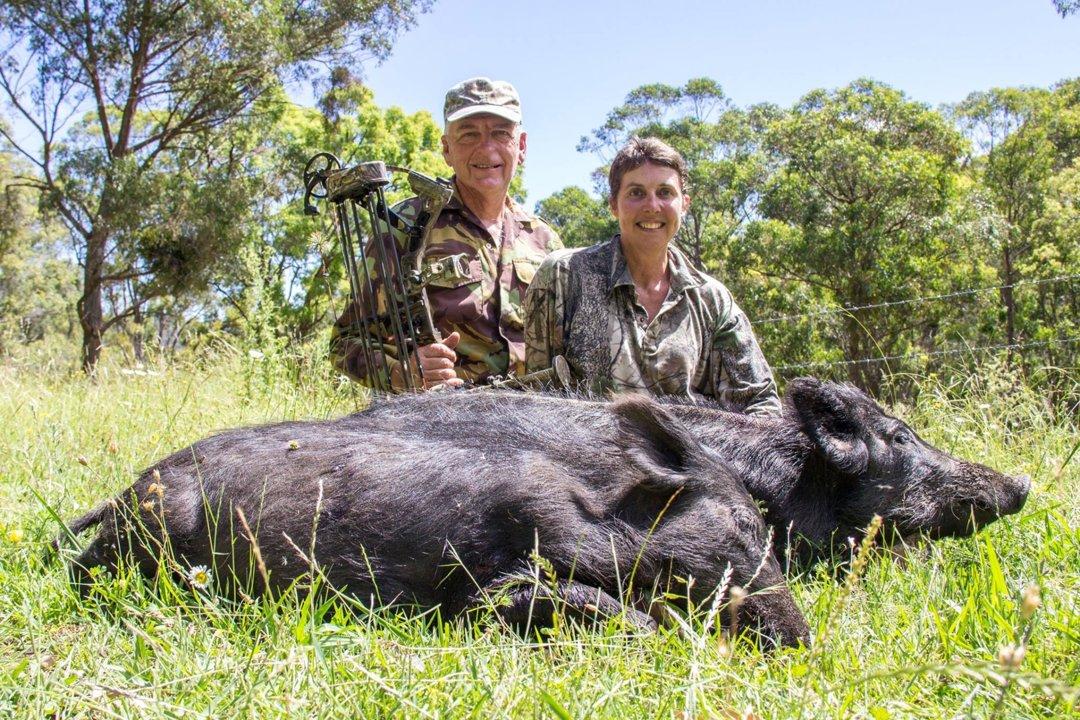HuntingFacts - News
NSW Hunting Zones: Exploring Geographical and Natural Features for Hunters, Demographics, Associations and Clubs, Laws and Hunting Seasons
New South Wales, Australia, is a prime destination for hunt
Hunting in Eastern Zambia: The Ultimate Safari Experience in Africa's Wild Heart, Official Hunting Seasons, Interesting Facts About Hunting
Geography and Natural Landscapes of Eastern Zambia: A Hunte
Hunting in Derbyshire, England: geography, types of hunting and hunting animals, hunting seasons and legislation in the region
Geographical and natural features of Derbyshire
Derbyshire is located
Related to request “HuntingFacts”



